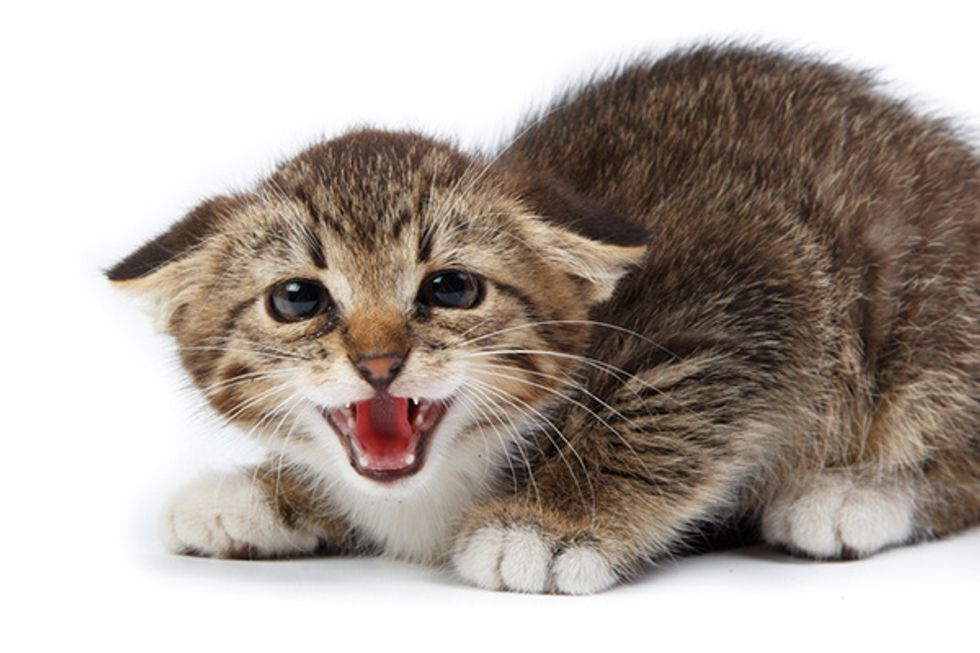Do you ever wish your cat could talk to you? Yes? First of all, sorry you’re so lonely. Second of all, in their own way, your cat does communicate with you all the time! You know what purring means, but do you know what it means when your cat thrashes their tail? What about when they chirp? Since you’re the kind of person who googles “How can I tell what my cat is thinking?” you’re also probably the kind of person who knows a lot about cat behavior already, but check out this list to find out about some of the more obscure signals your cat might be sending you.
Vocal Cues:
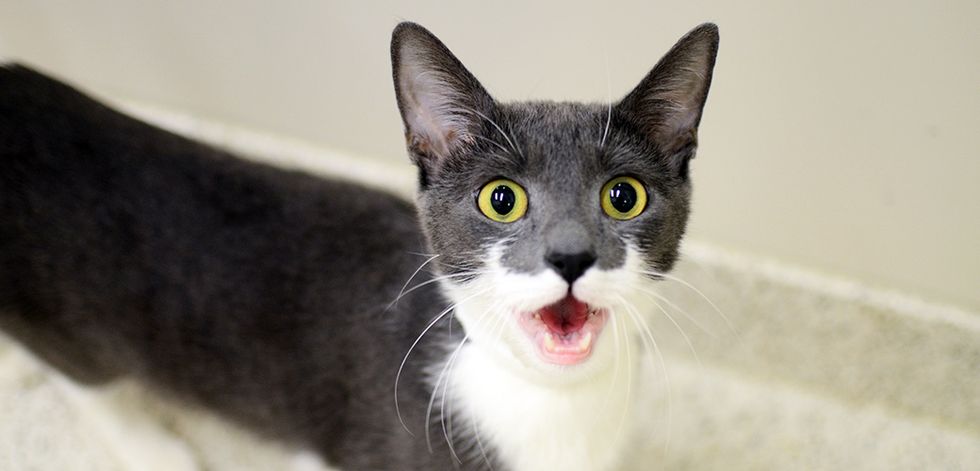
Meow
A meow is perhaps the most diverse vocal cue your cat gives you. In many situations, its meant as a request, like when your cat starts to meow near their food bowl. Other times, it may be your cat acknowledging your presence (“Welcome home!”), objecting to something (“No! Come back and cuddle me!”), or announcing something (“I brought you a toy!”). Or, in the same way we hum and talk to ourselves, it may be simply a noise made for the sake of making noise.
Chirps and Trills
This is a more nuanced noise your cat usually reserves for other cats. Mother cats use it to tell their kittens to follow them, so if your cat does make this noise, they may be trying to show you something (most likely their empty food bowl). You’re also more likely to hear it if you have more than one cat.
Purrs
Cats purr when they’re happy and content, so this is a noise you’ll most likely hear when cuddling or petting your cat, or when your cat is very relaxed. In rare cases, cats purr when they’re anxious and trying to comfort themselves.
Howl/Squeal
If your cat is spayed or neutered, they’ll only make this noise when distressed. It might even indicate they’re in pain, so definitely look for your cat if you hear these long drawn out meows. If they aren’t fixed, this noise is a part of mating behavior and isn’t necessarily a cause for concern.
Hissing/Growling
Growling or hissing are both signs of an agitated, aggressive cat. If your cat makes this noise, its letting you know something or someone is frightening them. Its best to distance yourself from a hissing or growling cat once you ensure they aren’t in immediate danger.
Body Language:
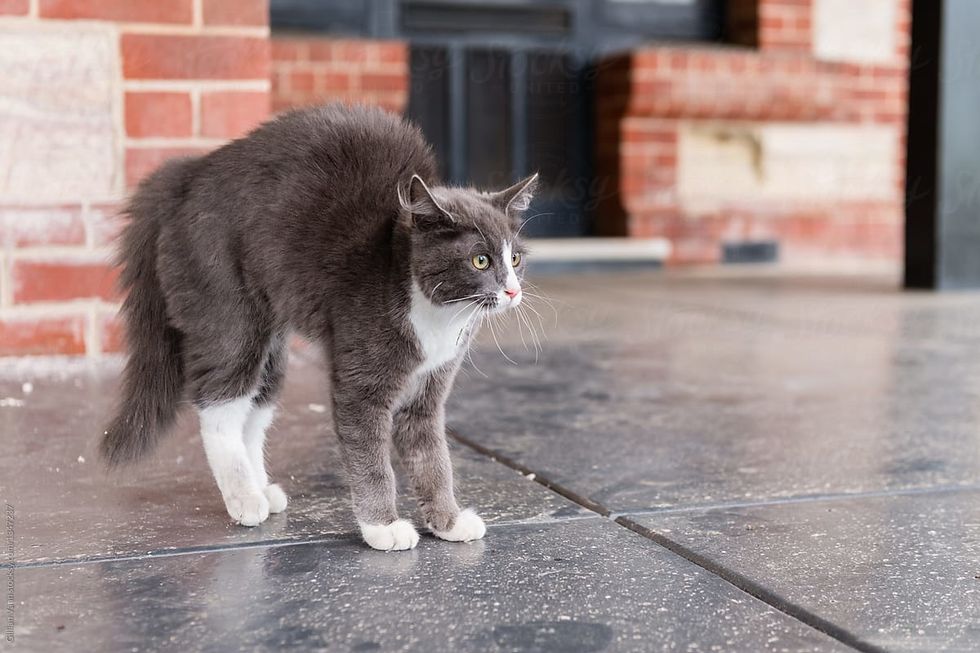
Rubbing
Cats have a tendency to rub their faces and bodies against things, whether it’s you, their toys, furniture, or other pets. Cats have glands in their gums that leave behind a scent that lets other animals know that the marked thing is your cat’s, so this behavior is a way for your cat to stake out their territory.
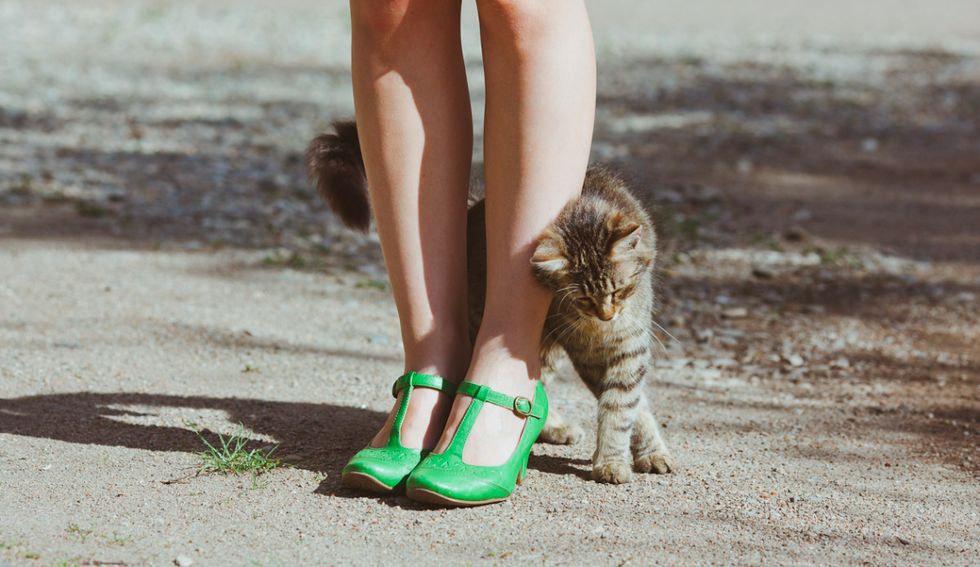
Kneading
This adorable habit is something your cat does when feeling safe and content. Kittens knead their mother’s teets to get milk flowing, and the behavior carries on into adulthood to express when your cat feels comfortable and happy with someone.
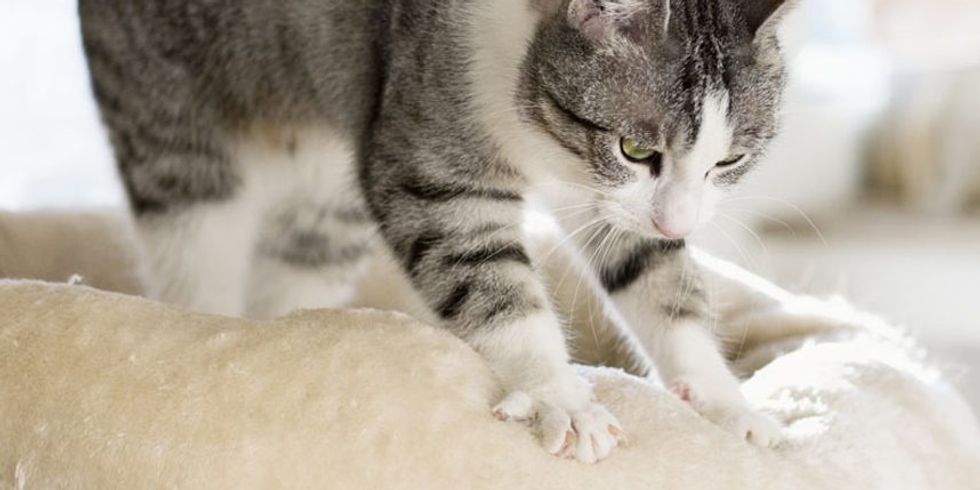
Tail:
Wagging/moving back and forth: This can be a sign of an agitated, aggressive cat, but is also seen during play time, when your cat is in “hunting” mode.
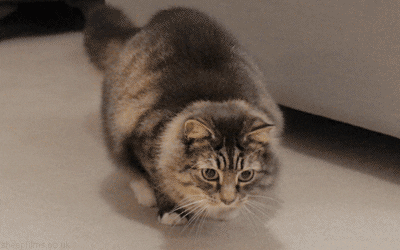
Tucked between legs: This indicates an anxious, frightened cat.
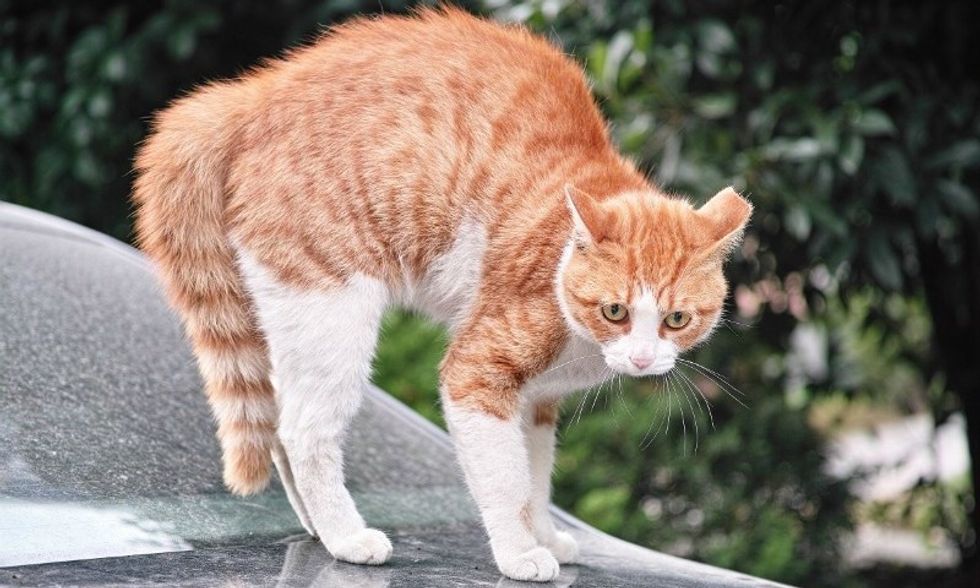
Straight up: This indicates a happy, inquisitive cat.
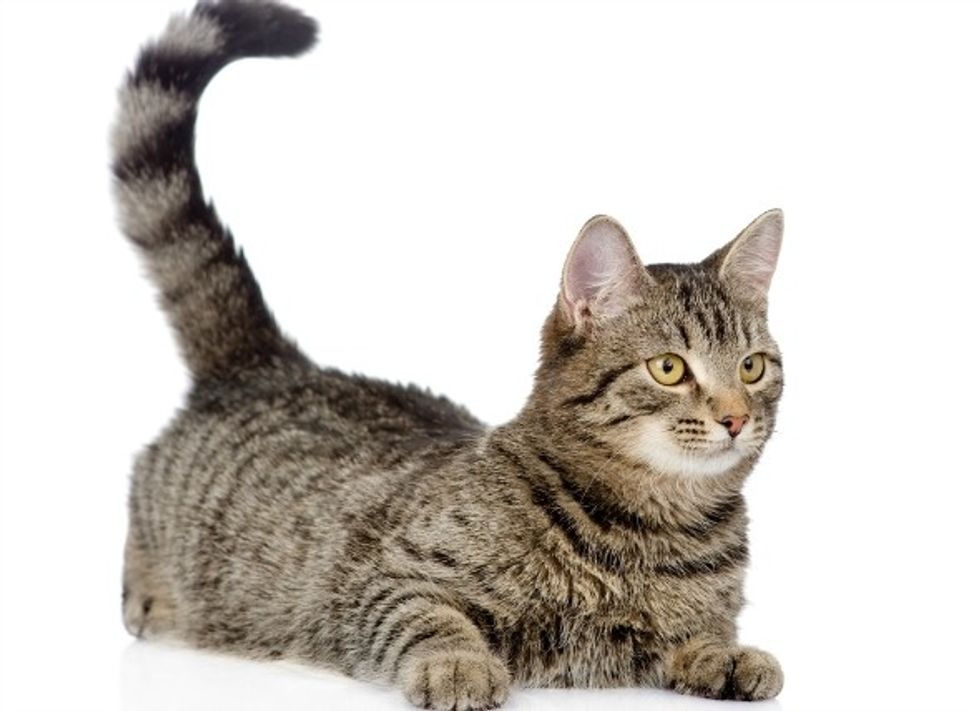
Ears:
Forward: This indicates a happy, inquisitive cat.
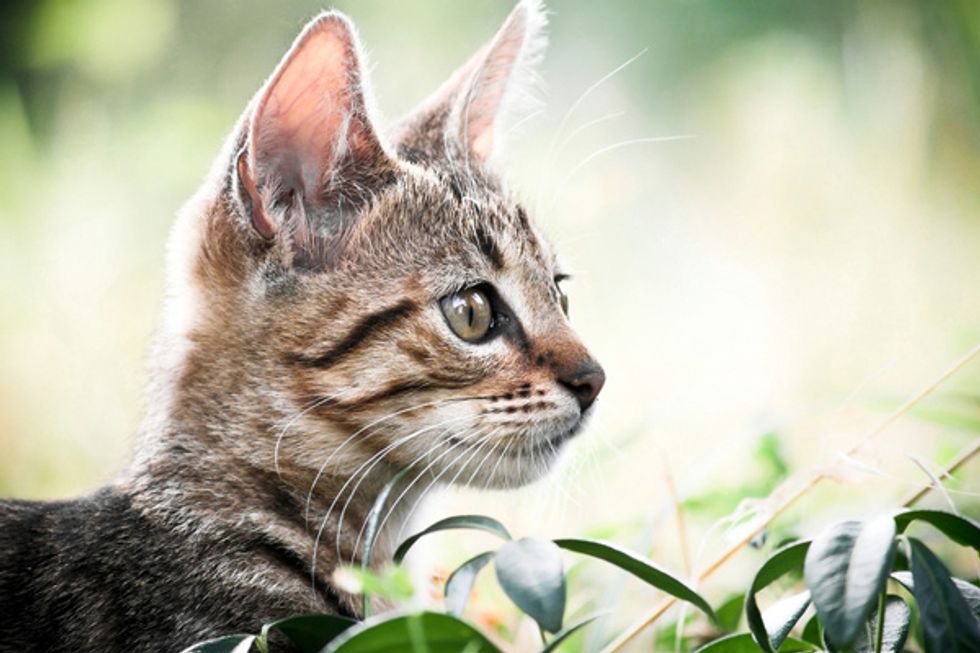
Backward/sideways/flat: This is a sign of an angry, irritated cat.
